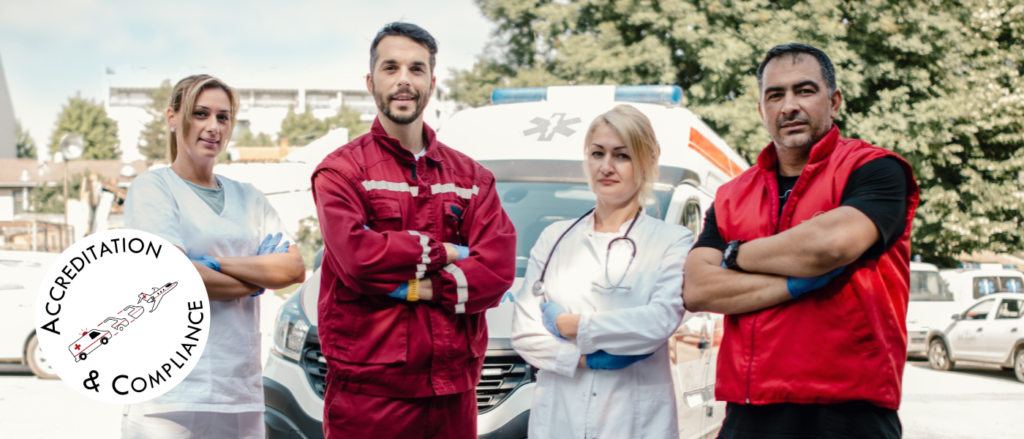Learn how the number and type of medical staff in an air ambulance varies from region to region and how these differences are a result of different rules and requirements. Find out how different medical teams work together to help critically ill and injured patients while they are being transported.
Staffing of air ambulances and aviation rules
Pilots on an air ambulance depends on a number of things, like the type of aircraft used. These could be: rotor or fixed-wing, propeller or jet engine, and single or dual pilots. Staffing needs are also affected by accreditation standards and experience levels, which are measured in flight hours. Also, the number and types of medical staff on board can be affected by the plane’s medical capabilities and equipment. One thing that remains constant, however, is required education for the medical teams.
North America
In North America, most air ambulance crews in the U.S. and Canada are made up of a nurse and a paramedic. Nurses must have at least 3 years of experience in the emergency room (ER) or intensive care unit (ICU). Their training gives them the skills they need to care for critically ill patients while they are being flown to a hospital. Paramedics have a lot of emergency training and experience, which allows them stabilize patients and give them advanced life support.
It’s important to remember that medical staffing requirements may vary in different U.S. states. Air ambulance providers may have their own staffing models based on internal policies and procedures.
Europe
In Europe, the European Aeromedical Institute (EURAMI) sets the guidelines for medical staff. EURAMI says that a critical care nurse and a critical care paramedic should be on the crew of an air ambulance. Although, it is not uncommon for a physician to be part of the routine medical team. These professionals have advanced training and experience in caring for critically ill patients, so they can make sure that all of their medical needs are met while they are being moved.
Australia
In Australia, an air ambulance crew must have at least one flight nurse. Flight nurses get training in advanced life support and are responsible for providing medical care during transportation. Depending on how sick the patient is, the flight nurse may be accompanied by a flight paramedic.
Developing Countries and Regions
Because of a lack of resources and infrastructure, the number of medical staff in air ambulances may be reduced in many developing countries. A pilot and a nurse or paramedic with basic training are usually on the crew. For remote and urgent medical evacuations, these configurations are not uncommon and are reflective of resources available.
Please keep in mind that these general guidelines are just a starting point. Some air ambulance services may have additional medical staff, like doctors or respiratory therapists, to help with certain medical conditions.
Medical staffing for air ambulances vary around the world, but the main goal is always the same: to give the best care possible to critically ill or injured patients during transport. Each country has its own rules and requirements, but a typical crew consists of a nurse and a paramedic who have both been trained and have a lot of experience dealing with critical cases.
To learn how your medical transport program can meet the accreditation standards or enhance internally defined standards, contact us today.

